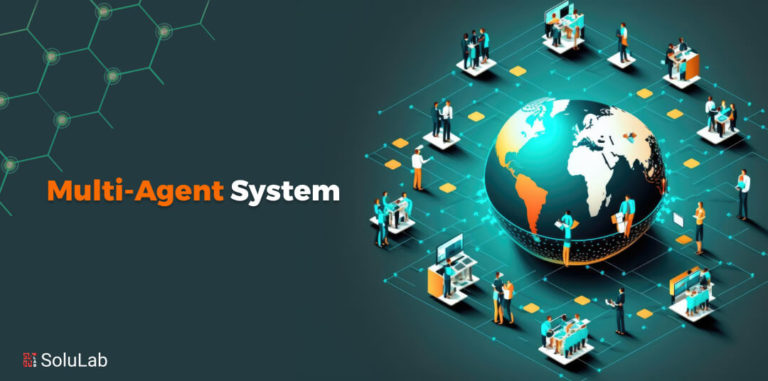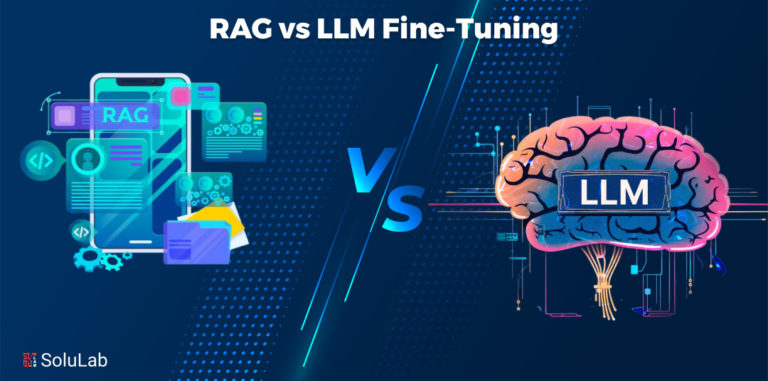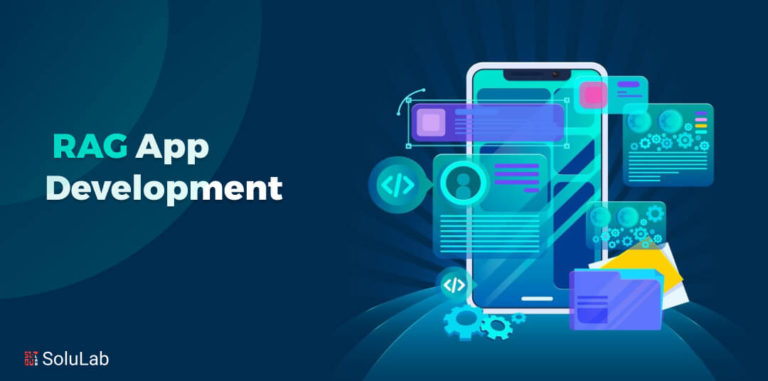Is blockchain the same as distributed ledger technology? No. This is a prevalent misperception held by many individuals.
The world we live in is controlled by sound bites and buzzwords because it is digital. Today's technology allows even the most complex technological solutions to be summarized in five words or less. As a result, we are witnessing a spike in the number of unethical organizations attempting to profit from the so-called cryptocurrency boom.
People often make the mistake of confusing blockchain technology with distributed ledger technology. It's understandable that many people would think along such lines. It is now time to go under the surface and discover the reality hidden behind the buzzwords. Despite the fact that these phrases have gotten entangled in recent years, it is critical to know the difference between DLT and Blockchian.
How do you define a Distributed Ledger?
A distributed ledger is a database that exists in numerous places or among different people. Most firms, on the other hand, continue to depend on a centralized database with a fixed location. A distributed ledger, unlike a centralized database, is decentralized, which helps to eliminate the need for a central authority or middleman for processing, verifying, or authenticating transactions.
Furthermore, these data will be entered into the ledger only once all parties involved have reached an agreement.
What exactly is Blockchain?
A blockchain is a kind of distributed ledger with a particular technical foundation. After a consensus accepts all of the data, blockchain establishes an immutable ledger of records maintained by a decentralized network.
The cryptographic signature and linking of groups of entries in the ledger that creates a chain distinguishes blockchain from DLT. Furthermore, depending on the particular use of blockchain, the public and users have the ability to define how a blockchain is organized and operated.
Integrity
Transactions will be carried out precisely as designed, with no opportunity to change the process, ensuring the integrity of the system. Because the ledger is unchangeable and irrevocable, and there is no single point of failure, the blockchain is dependable.
Disintermediation
Blockchain and distributed ledger technology (DLT) enable two parties to operate without the monitoring or intermediation of a third party. They significantly boost transaction processing speed, decrease or even eliminate counterparty risk, and allow new business models.
Traceability
A blockchain's timestamped data makes it easy to authenticate and trace information. As a shared source of information, the blockchain also serves as the foundation for a highly secure audit trail, enabling users to instantly exchange encrypted data.
Rationalization of ecosystems
Because all transactions are maintained on a single public ledger, blockchain eliminates the expense and complexity of keeping data across different ledgers.
Reduced transaction costs
DLTs have the ability to significantly lower transaction fees and total processing costs by removing third-party middlemen and enhancing automation.
Empowered participants
Users have complete control over their information and transactions.
The beginnings of blockchain and distributed ledger technology
Middlemen control the exchange of assets in a conventional marketplace. A bank, for example, controls the transaction when you get your paycheck. The bank examines the check, confirms that the employer has the necessary cash in their account, and records the transaction. This record, or ledger, captures the transaction and the subsequent change in wealth; you can see that you're a little bit wealthier by looking at your bank statement. For the majority of transactions, a central institution, such as a bank, has complete control over this ledger.
While giving a central authority control over our transactions needs a tremendous level of confidence, it has traditionally been the greatest technique for assuring the ledger's security. Assume supposing your employer, rather than the bank, held the ledger. Your employer might fraudulently declare that you were paid and then change the records to support their claim. Because of this security risk, neither exchange member should be allowed exclusive control of the ledger.
Throughout much of history, the only method to prevent this kind of fraud was to commit the ledger to an impartial intermediary and hope that this middleman would faithfully keep the book. In other words, two parties who agreed on a transaction historically depended on a third-party organization to carry out and document the transaction.
Central ledgers, on the other hand, are no longer the sole feasible choice for transferring our assets. We may now get our salaries without having to rely on a bank, thanks to the advancement of distributed ledger technology.
The Advantages of Distributed Ledger Technology
DLT has grown in popularity as a result of its several advantages over centralized data storage solutions.
Transparency and consistency. In contrast to a centralized system, all nodes have equal access to the data. All choices are made as a group. DLT offers an audit record of all operations that are immutable and verifiable.
Resistance against attacks. Because DLT is distributed, it is more resistant to cyber-attacks than conventional centralized databases. Because there is no single point of attack, attempting to hack such systems is both costly and ineffective.
DLT vs Blockchain
Let us now return to the blockchain. Why do people conflate these two terms?
The correct answer is that blockchain is a distributed ledger system. Blockchain users also have decentralized data control, with multiple nodes participating in data dissemination, administration, and modification.
What is important is that blockchain is a subset of distributed ledger technology (DLT). It seems to be a series of information chunks. Each of them is dependent on the preceding and subsequent blocks, simulating the development of a chain.
Main points in DLT Vs Blockchain:
- Operations that are available: There are four operations possible in standard database technology: create, retrieve, update, and delete (CRUD). You can only perform Create and Retrieve operations on a blockchain.
- Structure made of blocks: Other forms of DLT are not required to represent data as a chain of blocks, like blockchain does.
- Sequence: The blockchain's block-by-block structure does not have to be followed by distributed ledger technologies.
- Tokens: Although blockchain is primarily a token economy, DLT does not necessitate their use.
DLT comes in several forms:
The most well-known kind of DLT is blockchain. It is, however, not the only one.
The three most common forms of DLT utilised in business nowadays may be classified as follows:
- Public: This is a decentralized system in which any two parties may deal regardless of their location. The unanimity of all nodes is required for public DLT.
- Private: Enterprises often utilize it as a company database. Because it is a permissioned network, distinct ledgers are still synced across nodes. However, there is an owner who has the authority to determine who has access to the network.
- Consortium: Consortium DLT is utilized by a group of firms that have equal access to the network. Multiple firms may utilize the DLT as a decentralized system thanks to the technology. These are also known as federated DLTs.
Conclusion
The world's largest financial institutions are doing research and building joint initiatives to fully realize the promise and know the difference between DLT and blockchain. Although particular lines of work and proof of concepts have already been produced, their overall goal is to build common standards and efficient, safe platforms for the use of these technologies.




